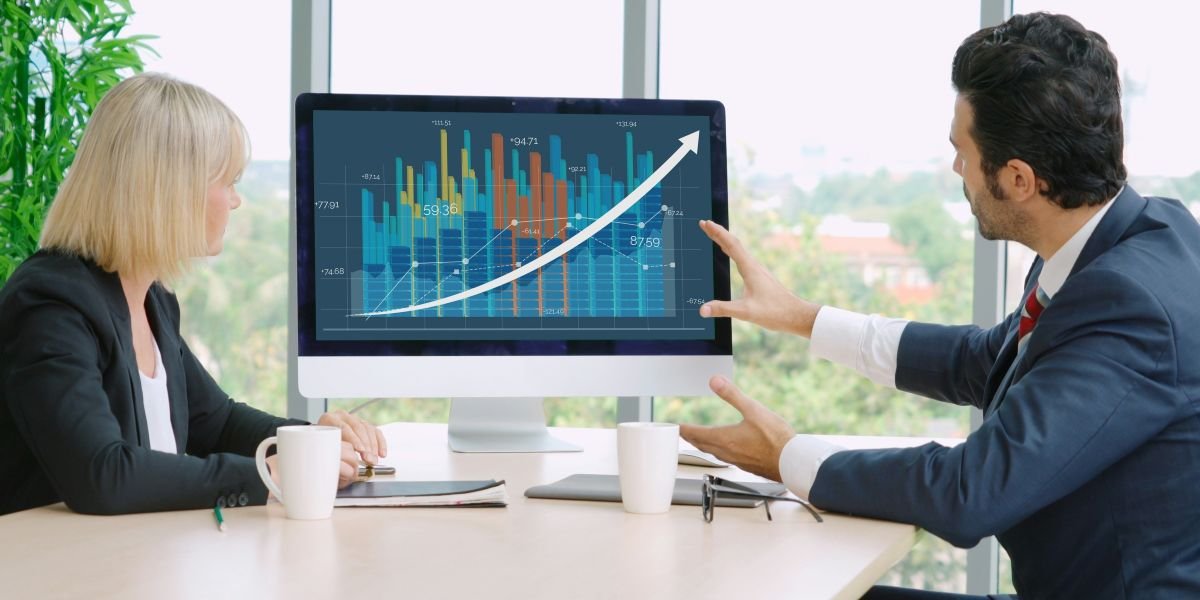When considering the environmental impact of packaging, the choice of materials plays a crucial role in shaping sustainability efforts. Plastic extrusion, often overlooked in discussions about eco-friendly packaging, offers a range of advantages that merit closer examination.
From reducing energy consumption during production to exploring innovative recycling solutions, the environmental benefits of custom plastic extrusion may surprise you. By delving into the nuances of this process, you’ll gain insights into how modern packaging practices can align with environmental stewardship goals.
Sustainable Material Selection
When choosing materials for plastic extrusion in packaging, prioritize sustainability to reduce environmental impact. Opt for biodegradable or recyclable materials that minimize harm to the environment. By selecting sustainable materials, you contribute to the overall effort of reducing plastic waste and promoting a greener future.
Consider using post-consumer recycled content in your plastic extrusion processes. This material, made from recycled plastics, helps lessen the demand for new plastic production, conserving resources and energy. Additionally, it aids in diverting plastic waste from landfills, supporting the circular economy concept.
Another sustainable option is bio-based plastics derived from renewable sources like corn starch or sugarcane. These materials provide a viable alternative to traditional petroleum-based plastics, reducing reliance on fossil fuels and lowering the carbon footprint of your packaging production.
Prioritizing sustainability in material selection for plastic extrusion isn’t just environmentally responsible but also aligns with consumer preferences for eco-friendly packaging solutions. Make a conscious choice today to benefit the environment and contribute positively to the packaging industry’s sustainability efforts.
Energy-Efficient Production Processes
To enhance sustainability in plastic extrusion for packaging, prioritize energy-efficient production processes to minimize environmental impact. Implementing energy-efficient practices in plastic extrusion can significantly reduce the carbon footprint of packaging production. By optimizing equipment and machinery to operate more efficiently, you can decrease energy consumption and lower greenhouse gas emissions. Utilizing advanced technologies such as energy-efficient motors, heat recovery systems, and automated controls can help streamline production processes while conserving energy.
Additionally, conducting regular maintenance and ensuring proper insulation of equipment can further enhance energy efficiency in plastic extrusion. Monitoring energy usage and identifying areas for improvement can lead to significant energy savings over time. Collaborating with suppliers to source materials from sustainable and energy-efficient sources can also contribute to reducing the overall environmental impact of plastic packaging production. By focusing on energy-efficient production processes, you can make meaningful strides towards creating more sustainable packaging solutions.
Waste Reduction and Recycling Initiatives
Prioritize waste reduction and recycling initiatives in plastic extrusion for packaging to further enhance sustainability and minimize environmental impact.
Implementing a comprehensive waste management strategy within the plastic extrusion process can significantly reduce the environmental footprint associated with packaging production. By actively seeking ways to minimize waste generation during manufacturing processes, such as optimizing material usage and reducing excess trimming, you can contribute to a more sustainable approach to packaging production.
Additionally, integrating recycling initiatives into the plastic extrusion workflow allows for the reuse of scrap materials, reducing the demand for virgin resources and decreasing overall waste sent to landfills. Collaborating with recycling facilities to ensure proper segregation and recycling of plastic waste generated during production is crucial in closing the loop and promoting a circular economy.
Embracing waste reduction and recycling practices not only benefits the environment by conserving resources and reducing pollution but also positions your packaging operations as environmentally responsible and sustainable in the eyes of consumers.
Biodegradable and Compostable Options
Exploring biodegradable and compostable options can offer sustainable alternatives in plastic extrusion for packaging, promoting environmental friendliness and reducing ecological impact. Opting for biodegradable materials means choosing packaging that can naturally decompose into the environment without leaving harmful residues. These materials break down over time through natural processes, minimizing the long-term impact on ecosystems.
Compostable options provide another eco-friendly choice, as they not only biodegrade but also enrich the soil as they break down. By utilizing compostable packaging in plastic extrusion, you contribute to the circular economy by returning valuable nutrients back to the earth.
These alternatives address the growing concern over plastic pollution and offer a solution that aligns with a more sustainable future. Companies embracing biodegradable and compostable options demonstrate a commitment to reducing their environmental footprint and fostering a healthier planet for future generations. Making conscious choices in packaging materials can significantly impact the overall sustainability of products and contribute to a cleaner, greener environment.
Life Cycle Assessment Benefits
Considering the environmental impact of plastic extrusion in packaging, assessing the benefits of its life cycle is crucial in understanding its sustainability. Life cycle assessment (LCA) provides a comprehensive view of the environmental aspects associated with a product throughout its entire life span, from raw material extraction to end-of-life disposal.
One significant benefit revealed through LCA is that plastic extrusion processes often require less energy compared to alternative packaging materials, such as glass or metal. This lower energy demand translates to reduced greenhouse gas emissions, contributing positively to the overall environmental footprint. Additionally, the lightweight nature of plastic packaging manufactured through extrusion leads to decreased transportation emissions, further enhancing its environmental performance.
Furthermore, plastic extrusion allows for the production of packaging materials with extended durability and shelf life, reducing food waste and overall resource consumption. By optimizing material use and minimizing waste generation, plastic extrusion in packaging proves to be a sustainable choice when considering the full life cycle impacts.
Published by: Martin De Juan








